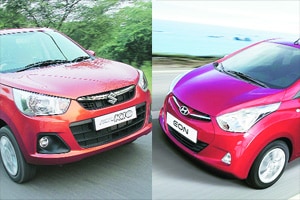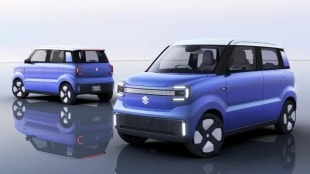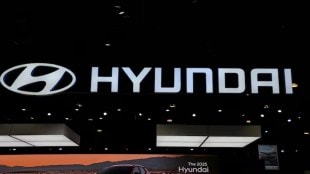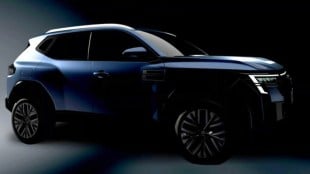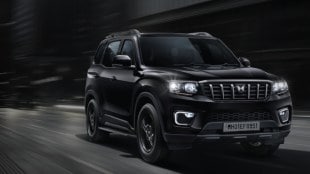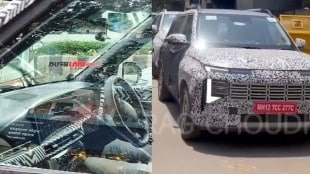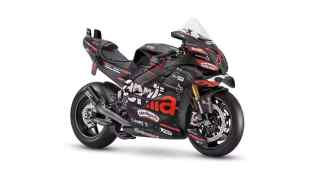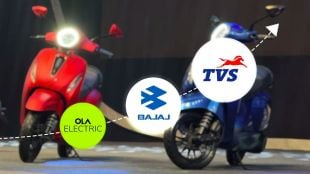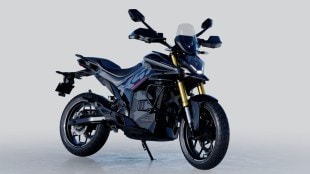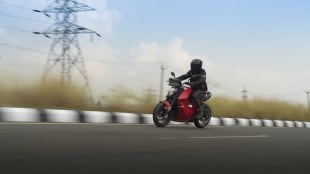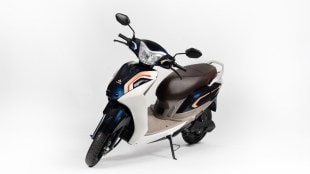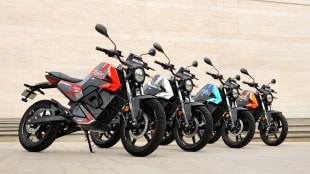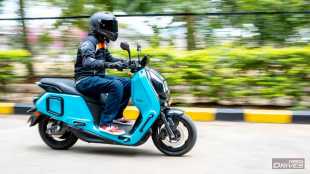
Car comparison: New Maruti Alto K10 vs Hyundai Eon 1.0
Of all the entry-level hatchbacks available in the country—Maruti’s Alto 800 and Alto K10, Datsun Go, Hyundai’s Eon and Santro Xing, Tata Nano, and Chevrolet Spark—the most popular, clearly, are the Alto and the Eon. This year, both manufacturers upped their small car quotient—while Hyundai planted a more powerful engine in the Eon in May, Maruti launched the new Alto K10 in November. But which of these is India’s best, and most exciting, entry-level hatchback?
We have for long maintained that the Eon is the most well-thought-out small car in India, and now with a 1.0-litre engine, it is among the most powerful. The Alto K10’s complete makeover ensures it looks better than the earlier model, and with new interiors, it is among the most cosseting.
Exterior
Eon 1.0: It is the smallest Hyundai car that is made on the company’s famous fluidic sculpture design philosophy. The design of the Eon is so practical that it is a good thing Hyundai has not changed it until now—its attire is quite dapper for entry-level hatchback standards. However, the 1.0-litre Eon differentiates itself from the 0.8-litre model only by way of a small exterior badging.
Alto K10: The good news is Maruti hasn’t given the K10 a minor facelift but a complete makeover. The not-so-good is the K10 still doesn’t truly stand out as far as design is concerned. The front gets a tiny grille flanked by large swept-back headlamps with chrome inserts. Yes, the front looks unique, but that’s where the story ends. The sides are more or less plain and the rear looks like that of the Alto 800’s. The new outside rear-view mirrors (ORVMs) clearly show you the road behind.
Interior
Eon 1.0: It comes fully-loaded with a factory-fitted audio system that goes well with the multi-layered dashboard. A nice feature is the gear-shift indicator and a very functional feature is low-fuel warning indicator. Then there are plenty of ‘usable’ cubbyholes, decent cabin space, top-notch plastic quality and comfortable seats. It doesn’t get a tachometer, though. The Eon 1.0, strangely enough, doesn’t get a driver-side airbag, not even as an option. Overall, the Eon’s cabin looks like it belongs to a more expensive car.
Alto K10: The new car is 75 mm shorter in length but smart engineering means cabin space hasn’t been compromised. The recesses at the back of front seats give rear occupants more legroom (an inch-and-a-half extra). From the front seats, however, it is a whole new experience. Thanks to the new upholstery and the silver inserts in the dual-tone dash, everything at the front—from the steering wheel to the audio buttons, from the door handles to even the armrest—feels plush for its class. Yet the interior falls slightly short of the fit-and-finish levels of the Eon. Also, while the front headroom and shoulder-room is ample, there is a lack of legroom—you have to slide the front seat backwards for your legs to move freely. The top-of-the-line model gets a driver-side airbag, front power windows, integrated audio system, internally-adjustable ORVMs, keyless entry, gear shift indicator, fog lamps and more.
Engine
Eon 1.0: The new 1.0-litre, three-cylinder Kappa engine produces a peak power of 68 bhp and a peak torque of 9.6 kgm, both numbers significantly higher than the 0.8-litre Eon’s 55 bhp and 7.6 kgm. The 1.0-litre dual VTVT, DOHC engine delivers a company-claimed mileage of 20.3 kmpl (the 0.8-litre Eon delivers 21.1 kmpl).
Alto K10: At the heart of the K10 is Maruti’s 1.0-litre K-Next petrol engine. It gets the drive-by-wire technology and produces a maximum power of 67 bhp and a torque of 9.18 kgm. It has an ARAI-specified fuel economy of 24.07 kmpl—fantastic by any standards.
Performance
Eon 1.0: Planting a refined 1.0-litre engine into a light-weight car can produce very good results. In the Eon, it is apparent as soon as you fire the engine. First, you don’t feel much vibrations on the gear lever or the steering wheel. Then, when you slot into the first gear and let go off the clutch, the car moves ahead in a spirited manner. Shift into the second gear, press the accelerator and this little wonder simply shoots ahead, or so it seems because you generally don’t associate many small cars with such swiftness. In our basic test, the Eon went from 0-100 kmph in about 14 seconds—quick for its class. It feels planted even at 120 kmph—at least on a smooth road. The Eon gets a motor-driven electric power steering but doesn’t get tilt steering—so you can’t adjust the steering angle. The steering suits city-driving conditions and parking the Eon in tight spaces is quite easy.
Alto K10: The K-Next petrol engine is quite zippy and is perhaps the strongest point of India’s favourite small car. Its power delivery is refined and it likes to be revved hard. The gear-shifts in the manual model are smooth (smoother than the Eon’s), steering is light, and this ensures the Alto K10 remains a very agile car. The ventilated disc brakes at the front and drums at the rear are very capable for the light-weighted K10. While the Alto K10 is a second slower to the ton (0-100 kmph in 15 seconds), it feels more planted than the Eon at high speeds. Driveability is K10’s plus point—cornering on bad roads you feel confident in this small car.
Verdict
From R3.91 lakh (Magna+) to R4.03 lakh (Magna+O), the Eon 1.0 is costly for its class. The Kappa engine is a gem, cabin space is good and the car looks upmarket, but we wish Hyundai could have given the Eon 1.0 equipment such as tachometer, metallic-finish steering wheel, tilt steering, and provided airbags at least as an option.
From R3.06 lakh (LX) to R3.57 lakh (VXI-O), one of the best value-for-money cars in its class has clearly upped its game. (The Eon 1.0’s competitor in the features department is the VXI-O model.) The Alto K10’s finest traits are its engine, driveability and fuel-efficiency. It was cramped, and it remains a cramped car.
If you are looking for a peppy urban runabout, the Eon 1.0 is hard to beat. Features-to-features, it is half a lakh rupees costlier than the Alto K10. But once you buy the Eon and start living with it, you do feel why it is called the most well-thought-out small car in India. On the other hand, the Alto K10 is more fuel-efficient, offers slightly better ride quality and costs far lesser, so it comes across as a sensible choice as of now—remember, Maruti still has a better service network. The Eon 1.0 is a better car, the Alto K10 is a logical buy. Take your pick.
(Prices are ex-showroom, Delhi, for metallic paint. The Alto K10 also comes with an Auto Gear Shift option, for R3.80 lakh.)
